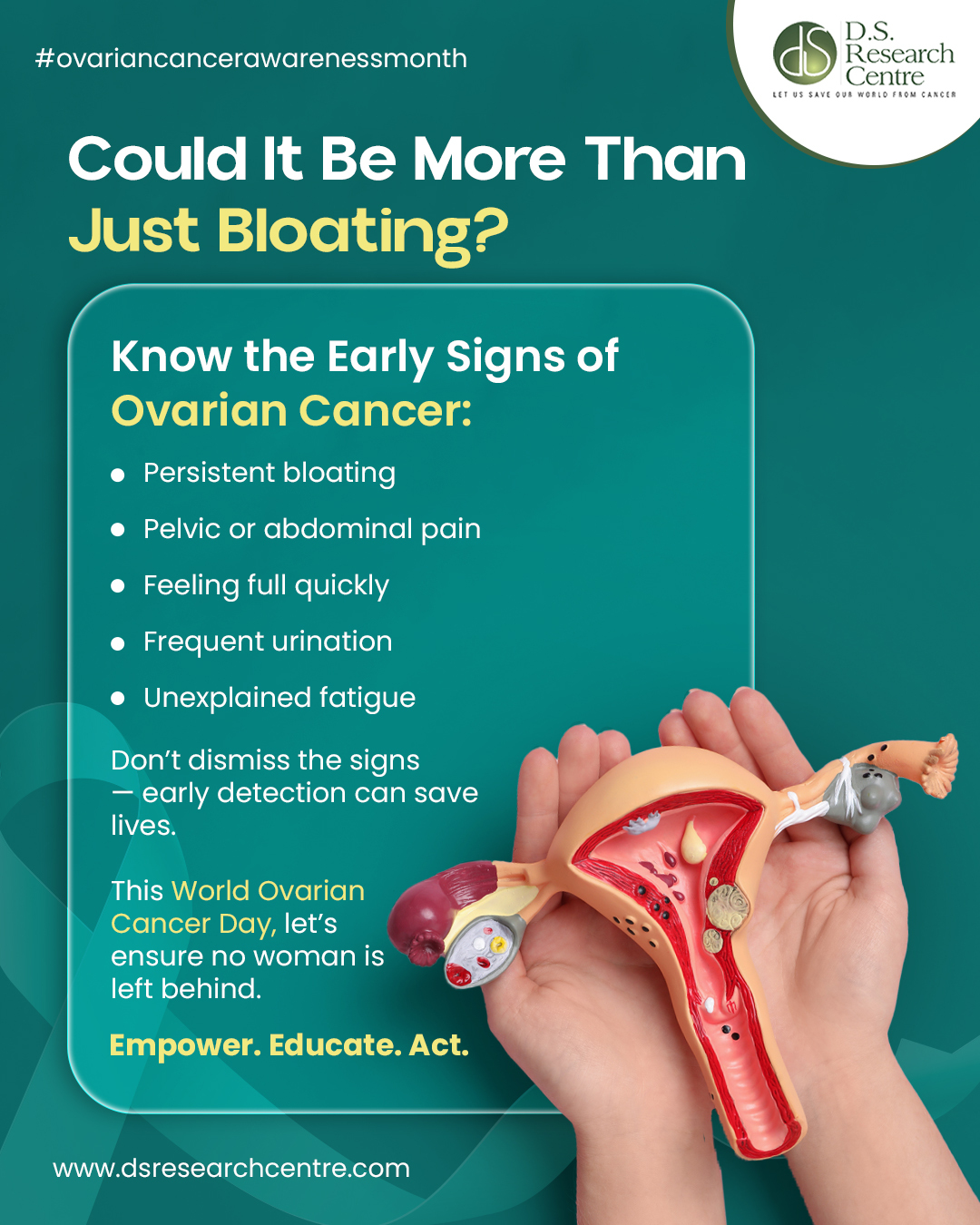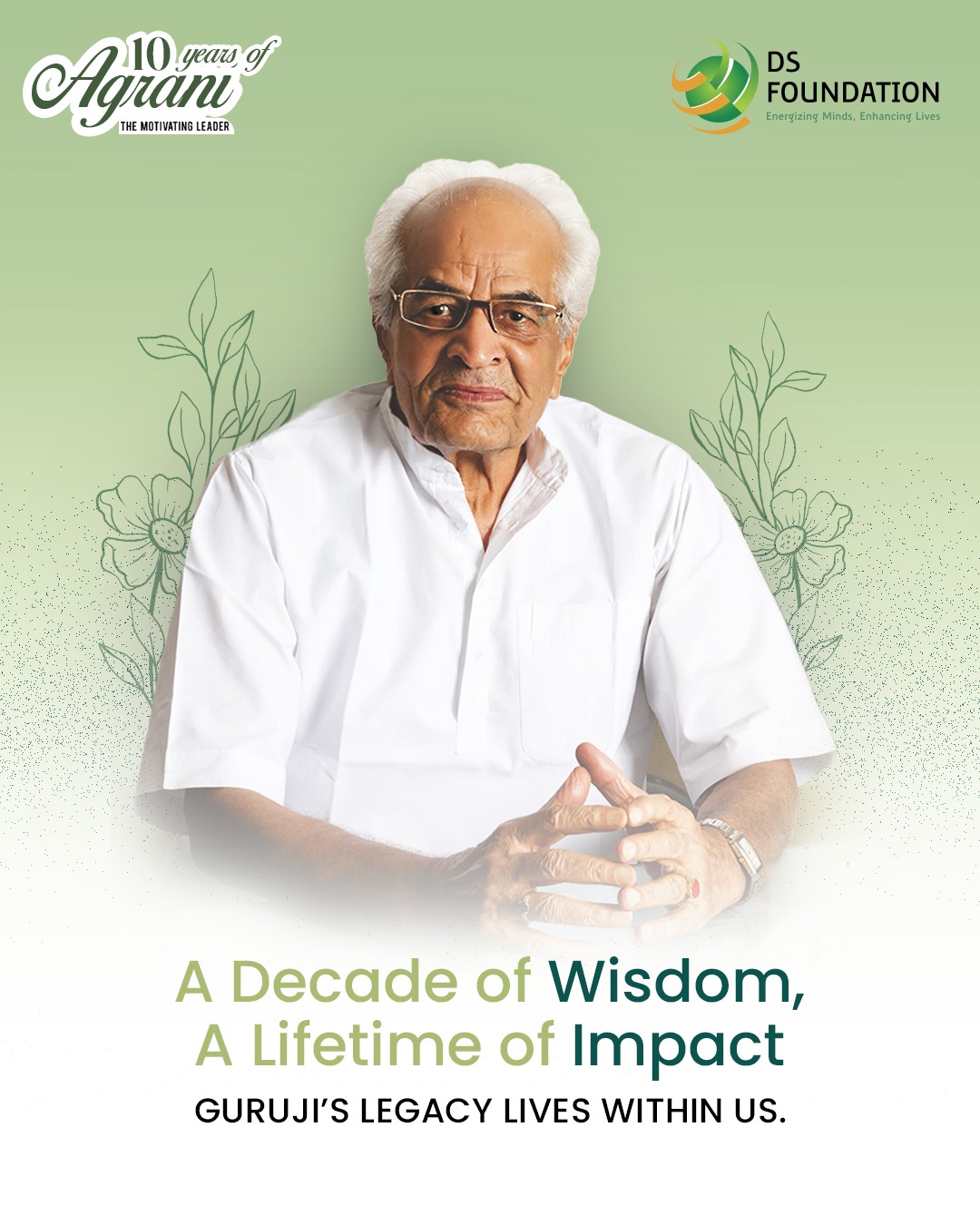Ms. Barnali Nandi Purkayastha M.Sc. Food and Nutrition Dietitian, D. S. Research Centre, Guwahati. SEP 01. 2 years ago
Indian Meal Plan for Cancer Fighters
Cancer patients struggle to maintain adequate nutrition owing to multiple reasons like general disinterest in food, reduced appetite, altered taste due to treatment, side effects like vomiting and diarrhea or intolerance to regular food. Lack of adequate nutrition results in further problems for the patients as it affects their general condition making them weak and vulnerable to more side effects and infections. Eventually, these problems lead to inability to continue cancer treatment and interruptions leading to poor outcomes.
Diet for Cancer Patients How much nutrition do we need?
It is generally recommended that a cancer patient should consume 25 to 30 kcal per kg of their weight, per day. Proteins are the most important component of their diet and 1.5 g per kg per day is the recommended amount to be consumed. It is recommended that the patient has five to six smaller meals per day, as opposed to three large meals. Physical activity like walking and light exercises will improve your appetite and help you consume the complete calorie intake recommended for you. If required, your doctor may prescribe medication to improve your appetite.

What to eat
A balanced diet for cancer patients will include more vegetables, fruits and whole grains. It is important to include adequate amounts of water in the diet. Your diet should help you maintain a BMI (body mass index) of about 18.5 and 25 kg/m2. The below ideas are for cancer fighters on active treatment. If you have other conditions such as diabetes, you will need to consult your doctor or dietician before you follow a meal plan.
Snacks or small meals
For breakfast, tea-time snacks or snacks between meals, you can draw inspiration from these lighter dishes. It is considered good for you to have a larger number of smaller meals rather than three large meals, so feel free to indulge at odd hours.With small meals, focus on increasing the protein intake. Below is a list of quick bites that will help you do that.
Eggs: Being a good source of proteins, eggs in all forms, particularly scrambled or sunny-side up may improve your appetite
Nuts: A good helping of nuts like almonds, can form a suitable snack on the move
Peanut butter: Unsweetened varieties are available in the market. These can be spread over toast or a roti
Cheese: Cheese cubes can be ideal nibbles. Home- made cottage cheese (paneer) will help you avoid processed cheese
Sprouts: Sprouts like moong dal can be consumed with a touch of lemon and salt, or with honey for those with a sweet tooth
Uttapams: This South Indian dish made from a batter of sprouts and rice makes for a filling meal. You can additionally add onions, coriander, tomatoes etc to the batter to improve the taste
Dahi Vada: A combination of high protein foods like curd and moong dal can be a wholesome choice Smoothies: By combining fruits like bananas and apples with milk, you can come up with a variety of milkshakes and smoothies. You can also try including vegetables like carrot, spinach and beetroot to up the nutrition quotient. You can add oats or nuts to make the drink thicker and more filling
Main meals
When planning the main meals, ensure you include these aspects:
Unrefined flours
One portion of the meal must constitute unrefined flours like bajra, jowar, oats, brown rice etc. These help maintain an optimum level of energy within the body, to combat constant fatigue and weakness.
For example: brown rice khichdi, jowar rotis, oats porridge
Proteins
Meat, lentils and beans, soybean, dairy products, etc, make for good sources of proteins.
When Choosing The Meat,go with lean meats like fish. Avoid red meats as these are difficult to digest
Legumes Like Peas(muttar),chickpeas(chana), lentils (dal), kidney beans (rajma) are high in proteins
Abowlofcurdintheformofraitacanbeaddedto every meal. You can add a hint of spices to improve the taste.
Fruits and Vegetables
“Consume two to three cups of vegetables every day. Many people assume that because they are vegetarians, they consume a lot of vegetables. That is not always true. The quantity of vegetables in our diet has to be increased to two to three cups.”
Additional fiber
With constipation being a common complaint among cancer patients, include more fiber to ease the digestive process.
Include an additional helping of fresh salad with the meal, opting for green and dark yellow vegetables.
Liquids
Your doctor will advise you that you need to drink plenty of water to keep yourself hydrated all day. Apart from water, you can also try fresh fruit juices and lemon water.
What to avoid
Anything that is harmful to your body (like tobacco) or anything that leads to a sudden spike in your energy levels, leaving you exhausted afterwards, needs to be avoided. This includes the follow:
-Refined sugar added to hot or cold beverages, or consumed in the form of sweets and desserts
-Excess salt from processed foods Alcohol
-Caffeinated drinks
Dealing with nausea and vomiting
A common side-effect of chemotherapy is nausea and vomiting. This might affect the nutrition and calories you are able to consume. Here are some way in which you can reduce nausea and vomiting:
Having smaller amounts of food more often will reduce chances of vomiting
Avoid fatty or deep-fried foods
Consider sipping beverages or soups between meals Foods or drinks with excess sugar are best avoided Sitting up while taking meals and continuing to do so for at least an hour after, might also help
Avoid foods with strong smells
Your doctor might prescribe anti-nausea medication to help you, if your condition does not subside.
1576 views








Posted on April 15, 2016
Posted on April 15, 2016